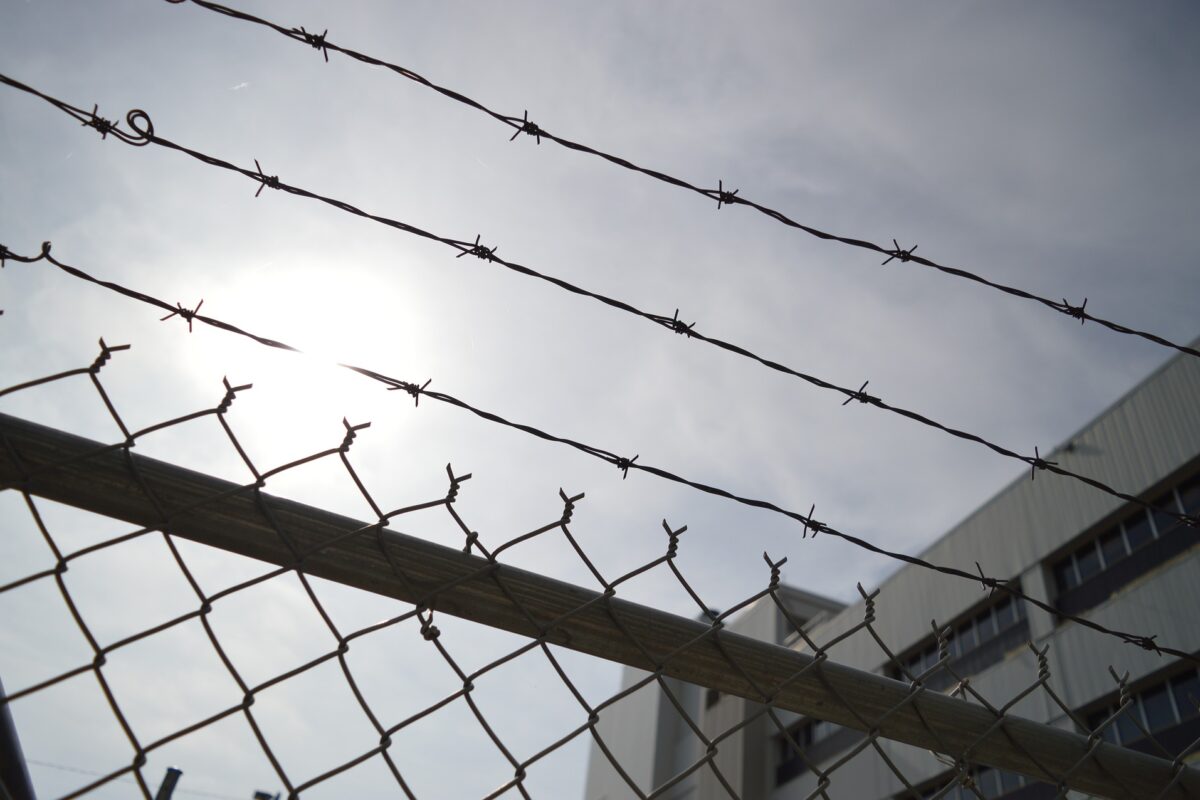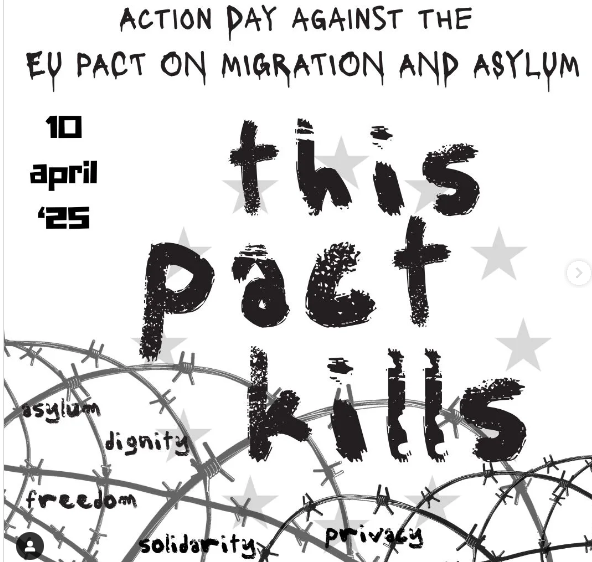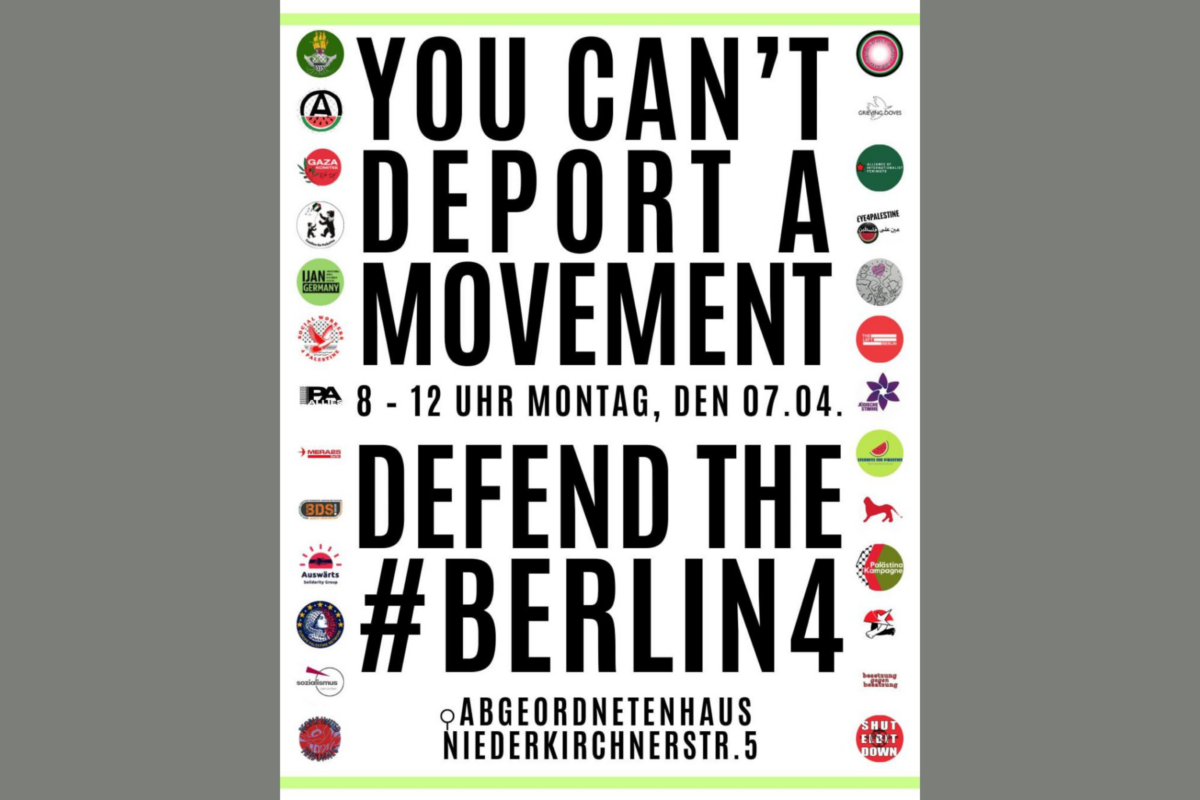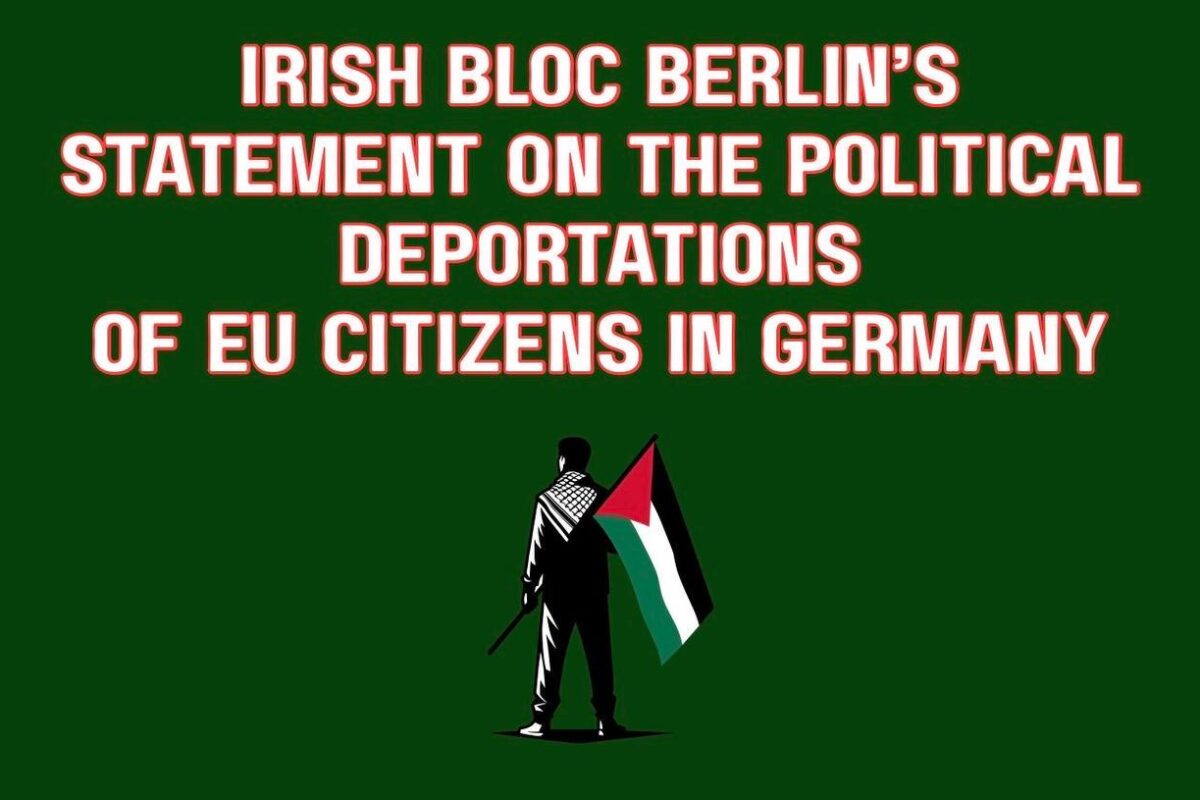On April 10th, the European Parliament voted in favor of the remaining 10 legislative pieces of the EU’s New Pact on Migration and Asylum, meaning that the years-long reform process is done. All that’s needed is the Council of the EU’s approval, considered a formality. The pact is being sold by German chancellor Olaf Scholz as a “historic, indispensable step” improving the efficient management of migration and enhancing solidarity among member states while protecting migrants’ fundamental rights. In reality, it seeks to deter the immigration of racialized people by curtailing their rights, worsening their treatment, and increasing deportations, moving the EU border regime further towards the political agenda of the far-right. At the same time, it fails to address the actual (and extensive) shortcomings of the current migration and asylum system, and at best stands at odds with many of the EU member states fundamental rights obligations. This article is an attempt to explain how the pact came into existence, what it contains, why we should oppose it, and what can be done now to at least prevent its worst repercussions.
Background: The EU Rules on migration and asylum, the Pathway to the Reform, and the role of Germany
International and EU law differentiate between migration that is considered ‘forced’, thus of asylum seekers and refugees fleeing their home countries because of persecution, inhuman or degrading treatment, or other severe hardships, and ‘voluntary’ migration, hence of the migrants who move for other reasons, such as work or family. In the EU, the treatment of asylum seekers and refugees is governed under international and EU law to differentiate between migration that is considered ‘forced’ and that which is considered ‘voluntary’ when someone moves for work or family. In the EU, the treatment of asylum seekers and refugees fleeing their home countries because of persecution, inhuman or degrading treatment, or other severe hardships is governed under the Common European Asylum System (CEAS), which was introduced in the late 1990s. CEAS regulates which country is responsible for processing an asylum application, the conditions for recognition as a refugee, and the reception conditions for asylum seekers and refugees.
The pact amends both CEAS and the rules regulating ‘voluntary’ migration. The reform process started in 2016 with the goal of distributing the responsibility for performing asylum procedures more equally between the member states after the previous rules had proven dysfunctional. The so-called Dublin Rules put the responsibility for processing asylum applications primarily on the countries of first entry, in effect the external border states like Italy and Greece. This partially led to the catastrophic reception conditions people on the move faced in places like the Greek islands, as other member states refused to take over responsibility for those seeking protection. After a year-long back-and-forth process between the negotiating parties that many considered would fail, the parties negotiated amendments and compromises which culminated in the consolidation of an agreement for the reform in 2023 and the Parliament’s vote in favor on the 10th of April 2024. The German government in principle supported the reform, as it reflects its interest in curbing so-called secondary migration, referring to the further movement of people arriving at the external borders continuing towards Germany and other countries without external EU borders. At the same time, it had sought to achieve some protection improvements in the 2023 negotiations for families with minor children, which mostly failed. In October 2023, Germany conceded to compromises on its proposals.
Unpacking the pact: What is in it, what is not?
The pact is made up of a highly-complex set of reforms and policies regarding immigration, asylum and deportation within the EU, governing what happens when a non-EU national reaches the territory of a member state. Officially, the pact comprises four pillars: secure external borders, efficient asylum procedures, a system of fair responsibility sharing between member states regarding the processing of asylum procedures, and partnerships with other countries to reduce migration towards the EU. An analysis of the different provisions, however, shows that the reform first and foremost aims at deterring “irregular” immigrants, hence those who want to enter the EU without prior permission, without actually rendering the system more fair or efficient. This becomes apparent in the pact’s main elements.
1) Difficult access to asylum procedures and focus on deportations
The core of the pact is the introduction of a new toughened common asylum procedure at the European borders applied to non-EU citizens arriving without entry requirements such as a visa. This new procedure risks curtailing several fundamental rights of asylum seekers and legal obligations of EU states, among others the individual right to asylum and the prohibition of pushbacks.
Under the new procedure, within seven days of arrival at an EU external border, people will undergo a screening process in a closed facility to establish their identities, before being directed to either a regular length asylum procedure, or an accelerated border procedure of 12 to 16 weeks. The accelerated border procedure aims at increasing deportations from the borders by leading those receiving a negative asylum decision directly to a “return procedure” (deportation). Further, during the screening, accelerated border, and return procedures, people will be considered not having entered the European territory (despite being physically there). With this so-called fiction of non-entry, member states claim to have less protection duties towards migrants. This practice is highly controversial in legal terms, but applied in the proposals, which stipulate that applicants can be held in conditions tantamount to detention during the procedures, with almost no exceptions for families with children and other vulnerable people.
Most applicants could go through the accelerated border procedure, which is mandatory for those whose chances of being granted asylum are considered low because they come from countries with an EU average protection rate of less than 20% or are considered a risk, and which can be applied to almost anyone entering the country without the required entry documents. This means that thousands of people will be deprived of their freedom and will be stuck at the borders for months. Border procedures are already being used on the Greek hotspot islands, where the consequent prolonged de facto detention leads to immense physical and psychological harm.
These procedures undermine the right to asylum and risk a massive increase in illegal pushbacks, as the limited duration of the procedures hardly allows for a proper examination of asylum applications, and the direct transfer of rejected asylum seekers to the return procedure does not provide opportunity to effectively challenge negative asylum decisions and prevent deportations. Legal safeguards have also been reduced, with shortened appeal deadlines, which can be reduced even more in cases of “migratory pressure” such as when a non-EU country is considered using migration as a political tool.
2) Maintenance of the border countries’ primary responsibility to process asylum applications
Despite the reform’s goal to achieve more equal responsibility sharing between EU member states, as mentioned previously, the criteria to determine the responsible member state remain widely the same, upholding the obligation of the country of first entry. Furthermore, the pact introduces a new mandatory solidarity mechanism to be activated when countries face “migratory pressure”, whereby the other member states must support this state. However, they can choose to do so by either relocating asylum seekers to their own territory, providing financial, operational, or technical support. Given the unwillingness of many EU countries to take in people on the move, the lack of mandatory relocation renders the chances of actual relocation and responsibility sharing very low.
3) Externalising European responsibilities and borders
The pact provides for further agreements with “third countries” (non-EU countries) in order to stem migration from and through these countries. This is in line with the recent increased efforts of the EU to conclude agreements with primarily African and Eastern European countries, shifting the responsibility to intercept people on the move to these countries in exchange for EU funds. In addition, the possibilities for deporting asylum seekers to third countries that are considered “safe” for them are being expanded. This practice, which is already applied within the framework of the EU’s cooperation with Turkey, has proven to be inhumane given the catastrophic reception conditions for many people in Turkey. The extension of this principle increases the risk that people will be deported to countries that are anything but safe for them.
4) Deterrence of ‘secondary migration’
As mentioned earlier, one of the main focuses of the pact is to stop migrants from moving within the EU. Next to the new border procedures, several amendments are supposed to further curb secondary migration, among others through the collection of sensitive data and the obligation for people who have been granted protection in one EU country to remain residing in that country. This means that recognised refugees are still allowed to travel within the EU for a certain time period, but may be sanctioned if overstaying the specified period. If contravened, member states could complicate access to long-term residence permits and impose temporary mobility restrictions.
5) Increased surveillance of people on the move
In line with the overall trends of the increased surveillance and securitization, the pact increases member states’ ability to collect and preserve sensitive data of people on the move. Fingerprints, facial images and other biometrical data of asylum seekers will be collected during the screening, with the age threshold being lowered to six years.
While the pact will surely deteriorate the living conditions of people on the move and increase their oppression and exploitability, the vagueness and complexity of the provisions render it difficult to predict the exact consequences. The ambiguity of the rules in itself exacerbates the described risks for migrants, as it leaves much room for interpretation to the implementing authorities.
What is happening now and what can be done against the pact?
After the council’s vote, member states have two years to implement the new rules. While many of the new rules seem unpractical, they will increase the EU’s oppression and exploitation of people on the move. At the same time, the extent of the consequences will depend on the implementation of the rules, and individual member states are still developing implementation plans. This means we should not stop mobilizing against it now – on the contrary, these plans should be accompanied by mass-scale protests and alternative proposals. There are many European and national/local movements who are already resisting, like Abolish Frontex and, in Germany, the Stop Geas Movement. Finally, mobilizations around the upcoming European Elections are important, as the Parliament will monitor the implementation of the new rules. Let’s #StopCEAS!




